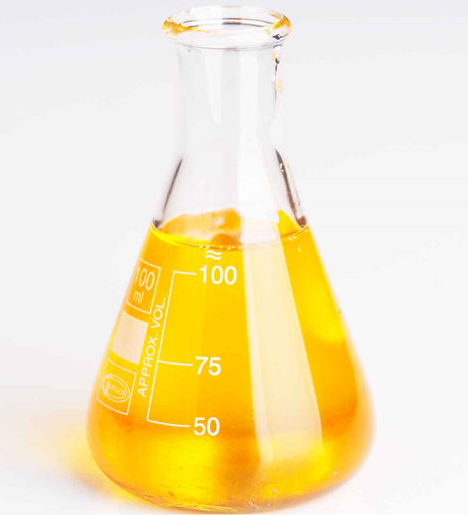China leading palm oil mill plant machine manufacturer and supplier
Email:info01@cnoilmachine.com
The so-called crude palm oil is the palm oil obtained after passing through palm sterilization equipment, palm defruiting machine, palm crushing and pressing equipment, and simple palm filtration equipment. Crude palm oil refers to unrefined pressed palm oil. Its main components are a mixture of glycerin and fatty acids (commonly known as neutral oil); it also contains non-glycerol substances, collectively referred to as impurities. According to the dispersion state of impurities in oil, it can be roughly classified into four categories.
1. Suspended impurities: including sediment, billet, powder and other solid impurities. The presence of these impurities will make the oil easily hydrolyzed and rancid, making it inedible.
2. Peptide-soluble impurities: including phospholipids, proteins, sugars, etc., among which the main ones are phospholipids. The presence of these impurities can easily cause the oil to become rancid due to hydrolysis, resulting in a turbid and dull appearance, and a large amount of foam and black precipitate will be generated during cooking; seriously affecting cooking. , the color and flavor of fried foods are lost, and the nutritional value of the oil itself is lost, which is also harmful.
3. Oil-soluble impurities: including free fatty acids, pigments, hydrocarbon waxes, aldehydes, ketones, etc., as well as trace metal elements phosphorus, mercury, polycyclic aromatic hydrocarbons, aflatoxin, etc. The presence of these impurities is quite harmful to our bodies, and some of them are carcinogenic.
4. Moisture: The moisture content in crude oil is relatively high. The presence of moisture will cause the oil to hydrolyze and become rancid.
When crude palm oil undergoes degumming, deacidification, bleaching, deodorization and other processes to remove impurities that are harmful to consumption and storage, the finished oil that meets national quality standards is called refined palm oil. Refined edible oil not only meets national quality standards, but is also beneficial to human health.
There are three methods for crude palm oil refining:
1. Mechanical method: including precipitation, filtration, and centrifugal oil residue separator separation, which is mainly used to separate mechanical impurities and some peptizing impurities suspended in oil;
2. Chemical method: It mainly includes acid refining and alkali refining. In addition, there are also lipidization, oxidation, etc. Acid refining uses acid treatment to mainly remove pigments and peptizing impurities. Alkali refining uses alkali treatment to mainly remove free fatty acids. Oxidation is mainly used for decolorization.
3. Physical and chemical methods: mainly include hydration, decolorization, steam distillation, etc. Hydration mainly removes phospholipids, decolorization mainly removes pigments, and steam distillation is used to remove odorous substances and free fatty acids.Professional palm oil refinery supplier gather design production sales installation, any need please email to info01@cnoilmachine.com

If you are interested in our palm oil machine and palm oil mill plant. You can contact us through online consultation, filling out the form below, email, phone, etc. Our engineers will customize the most suitable plan and best price for you.